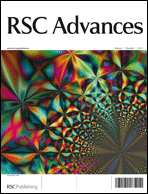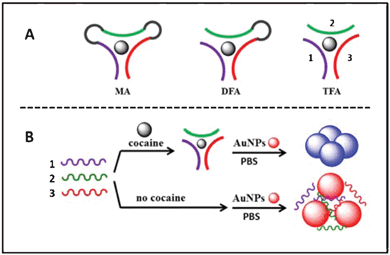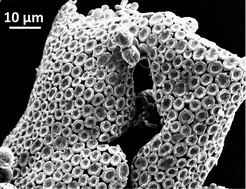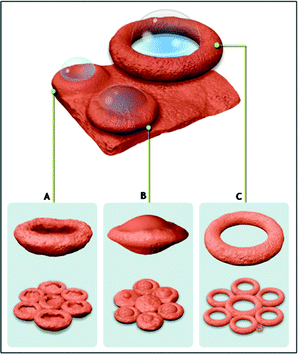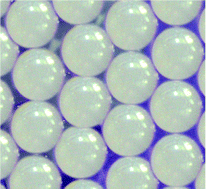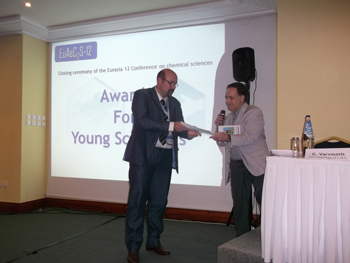This month sees the following articles in RSC Advances that are in the top ten most accessed:-
Graphene-inorganic nanocomposites
Song Bai and Xiaoping Shen
RSC Adv., 2012, 2, 64-98, DOI: 10.1039/C1RA00260K
Recent developments in solvent-free multicomponent reactions: a perfect synergy for eco-compatible organic synthesis
Maya Shankar Singh and Sushobhan Chowdhury
RSC Adv., 2012, Advance Article, DOI: 10.1039/C2RA01056A
Core-shell structured sulfur-polypyrrole composite cathodes for lithium-sulfur batteries
Yongzhu Fu and Arumugam Manthiram
RSC Adv., 2012,2, 5927-5929, DOI: 10.1039/C2RA20393F, Communication
Hybrid structure of zinc oxide nanorods and three dimensional graphene foam for supercapacitor and electrochemical sensor applications
Xiaochen Dong, Yunfa Cao, Jing Wang, Mary B. Chan-Park, Lianhui Wang, Wei Huang and Peng Chen
RSC Adv., 2012,2, 4364-4369, DOI: 10.1039/C2RA01295B
Graphene oxide and its reduction: modeling and experimental progress
Shun Mao, Haihui Pu and Junhong Chen
RSC Adv., 2012, 2, 2643-2662, DOI: 10.1039/C2RA00663D
Tuning of photoluminescence on different surface functionalized carbon quantum dots
Sourov Chandra, Shaheen H. Pathan, Shouvik Mitra, Binita H. Modha, Arunava Goswami and Panchanan Pramanik
RSC Adv., 2012,2, 3602-3606, DOI: 10.1039/C2RA00030J, Communication
Graphene quantum dots with controllable surface oxidation, tunable fluorescence and up-conversion emission
Shoujun Zhu, Junhu Zhang, Xue Liu, Bo Li, Xingfeng Wang, Shijia Tang, Qingnan Meng, Yunfeng Li, Ce Shi, Rui Hu and Bai Yang
RSC Adv., 2012,2, 2717-2720, DOI: 10.1039/C2RA20182H, Communication
New Organic Dyes Containing tert-Butyl-capped N-Arylcarbazole Moiety for Dye-sensitized Solar Cells
Tainan Duan, Ke Fan, Cheng Zhong, Tianyou Peng, Jingui Qin and Xingguo Chen
RSC Adv., 2012, Advance Article, DOI: 10.1039/C2RA20777J, Paper
Graphene-based photocatalytic composites
Xiaoqiang An and Jimmy C. Yu
RSC Adv., 2011,1, 1426-1434, DOI: 10.1039/C1RA00382H, Review Article
Bistriphenylamine-based organic sensitizers with high molar extinction coefficients for dye-sensitized solar cells
Dong Wook Chang, Hoi Nok Tsao, Paolo Salvatori, Filippo De Angelis, Michael Grätzel, Su-Moon Park, Liming Dai, Hyo Joong Lee, Jong-Beom Baek and Mohammad K. Nazeeruddin
RSC Adv., 2012,2, 6209-6215, DOI: 10.1039/C2RA20798B, Paper
Why not take a look at the articles today and blog your thoughts and comments below.
Fancy submitting an article to RSC Advances? Then why not submit to us today or alternatively email us your suggestions.












